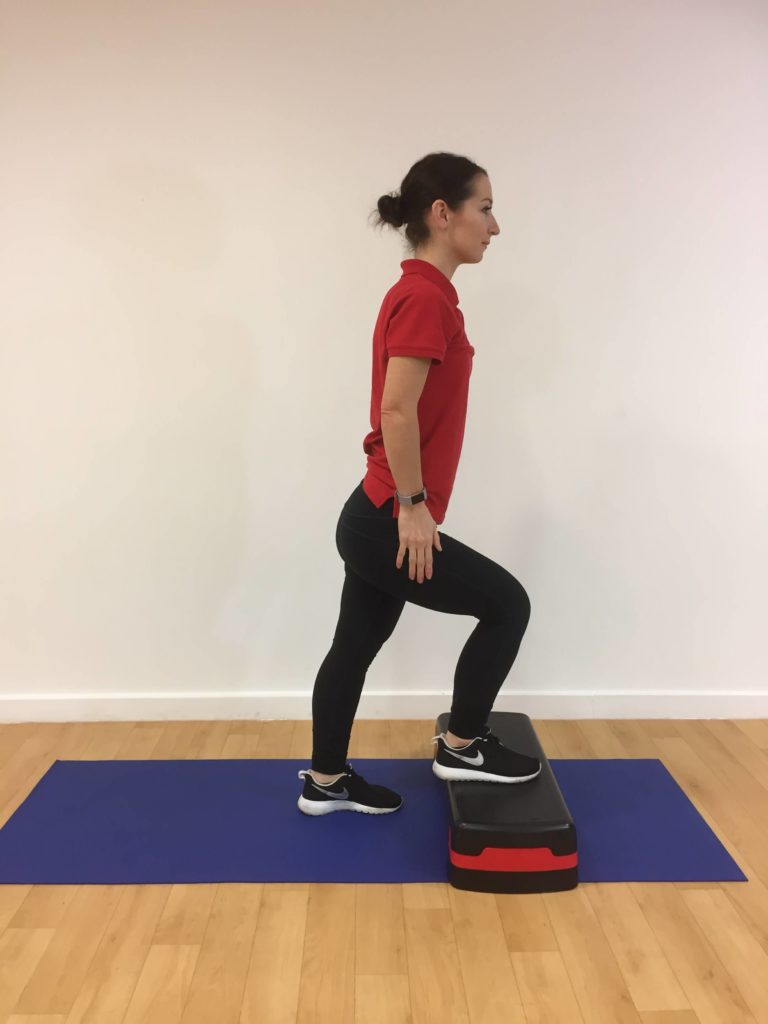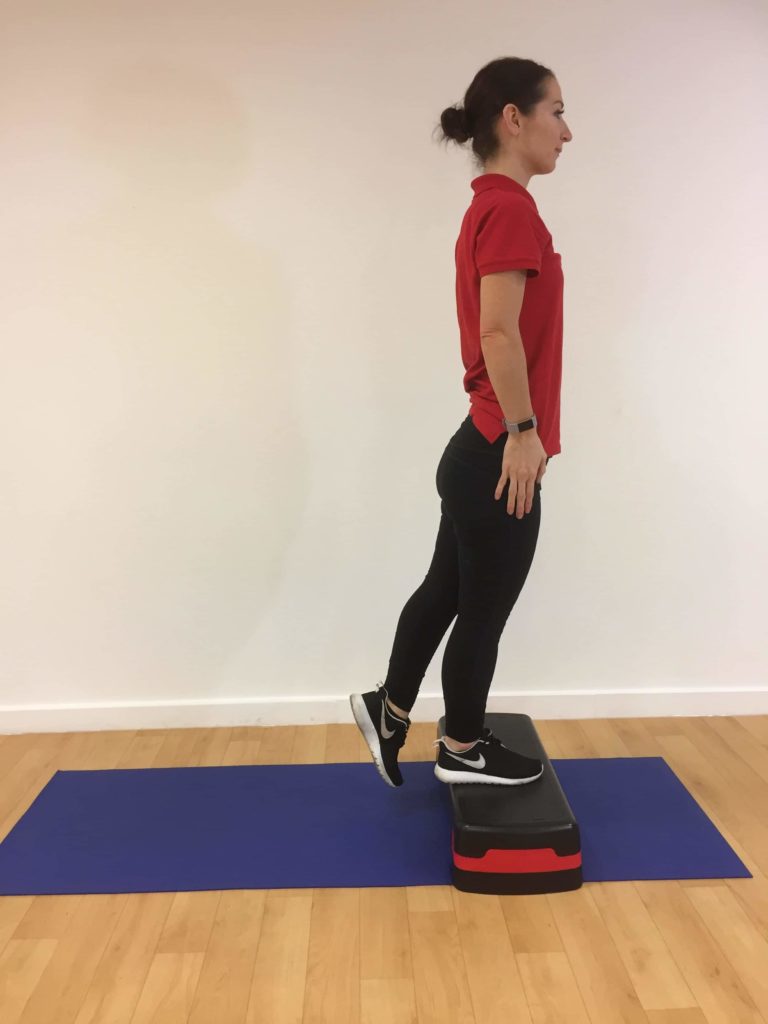Over the past few weeks, I’ve been writing about the phenomenon of gluteal imbalance, which I’ve dubbed the Lazy Bum Epidemic. In How Skeletal Muscles Work, I wrote about the three different types of skeletal muscle: prime movers, local stabilisers and global stabilisers – how they function when everything’s fine, and what happens when things go wrong. In The Lazy Bum Epidemic, I explained how this applies to the glutes, and how muscle imbalance in this area can affect you and result in injury; and in What is the RSM Model? I went through the Release-Stabilise-Move process that we use to retrain muscle imbalance in my practice. We’ve started to apply that to the glutes with Release and Stabilise; this week it’s time to learn to Move!
But surely I move all the time?
“Do you move?” is definitely part of the question; but “how do you move?” is the real issue here. As we’ve talked about in the last couple of posts in this series, people who move optimally, don’t have muscle spasm in their glutes, and they’re able to choose to activate their glutes or their hip flexors – they don’t always have to use both! And this really brings us to the key point: healthy nervous systems have choices in how they move, so they can react to changing circumstances, where others have fixed, suboptimal patterns.
So what do you mean by optimal movement?
It varies! Everyone does – and should – move slightly differently. We all have different biomechanics – different-length arms, torsos and legs; different-shaped joints; different-shaped muscles, different fat distribution. A body builder would probably hit a tennis forehand using quite a different movement pattern to that of a ballerina, even though they might be equally effective. But there are some basic similarities when it comes to optimal movement patterns:
- An optimal movement strategy will have optimal alignment – the joints will be centred, with any weight bearing going through the centre of the joint axis.
- It will have optimal biomechanics – the right joints will move at the most efficient moments, relative to each other.
- It will have optimal control – the right muscles will fire in the most efficient sequence.
- It will distribute pressure evenly throughout the abdomen, thorax and cranium – so if you are moving optimally, you should be able to breathe freely and not feel that you are gripping around your pelvic floor or diaphragm, or that you are building up pressure behind your eyes.
- It can accommodate perturbations – if someone pushes you slightly while you’re doing a task, you’ll sway a bit in response to their push, but you won’t fall over or get injured.
- It should look and feel good.
OK, so how does that fit in with the glutes exercises?
Well – we’ve talked about how we get excessively tight glutes to relax using techniques such as Release With Awareness; and we’ve talked about how we switch on (and switch off) alternate glutes. The next step is to be able to use your glutes optimally in a functional exercise – like walking, or going up stairs!
There’s a technique to walking?
Actually there are lots of different good walking techniques – as we said before, everyone’s a little bit different so there are as many ways to walk as there are people on the planet! However, some ways of walking are more optimal than others, and so that’s what I teach my patients.
One of the key things that makes a good walk is that as your right heel hits the ground, your right glutes should activate, to centre your right hip in its socket and prevent your right knee from dropping inwards. The right glutes then continue to activate as you stand on your right foot; and then as your left heel hits the ground, your left glutes activate. At this point, your right glutes relax, and you use your right hip flexors to swing your leg through, before starting all over again.
It’s the same with stairs, and in fact it’s often slightly easier to get the hang of the glutes contraction with your foot up on a step than it is when you’re stepping forwards on the flat; so we often use stairs as the first step.


- Stand facing a step, and rest your right foot on the step, with your toes pointing straight forward.
- Allow your right knee to drop inward over your big toe, and relax your glutes.
- Place your right hand on your right glutes, and your left hand on your right hip flexors.
- Contract your right glutes, keeping your hip flexors relaxed. Your hip should slide back and out slightly in the socket, drawing your knee out and over your second toe.
- Keeping your hip flexors relaxed and glutes working hard, glide your weight forwards and up over your right foot, until you are standing on the step with knee extended.
- Keep the glute tight and knee over your second toe as you step back down again, and only allow your glute to relax once your weight is down over your left foot again.
- If you find videos easier to follow than written instructions, go to this video on my YouTube channel!
Want to know more? Well, there are (of course!) lots more ways to release, stabilise and move your glutes – but if you want to find out what they are, call my team on 0207 175 0150 to book an appointment. Alternatively, you can go straight to my new website, How to be your own physio, where you can either take the self-assessment course to work out why your glutes might not be working as well as they might, or you can go straight to my hip rehab course which teaches you how to release, stabilise and move your glutes.
